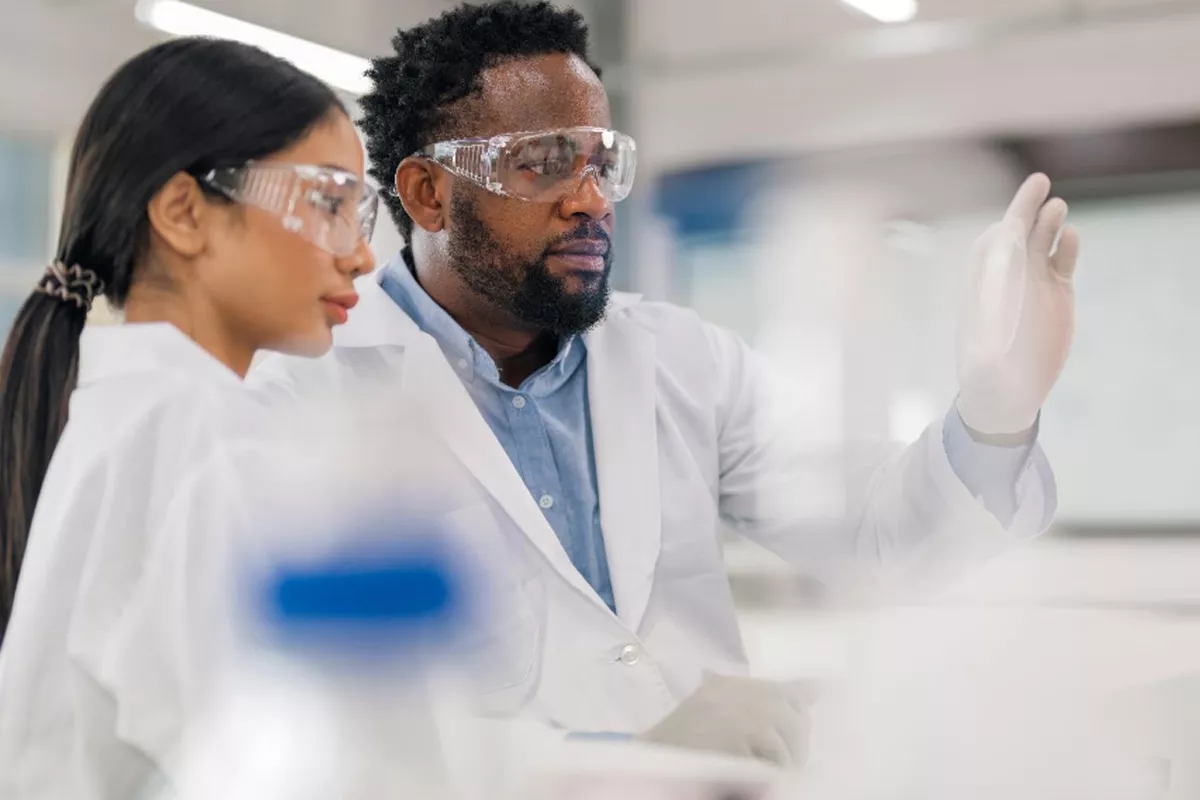-
Over 20 years’ experience in designing and conducting a comprehensive suite of in vitro safety assessments to globally recognized standards
-
Innovators in vitro study design and technology: enhancing study reliability and improving outcomes
-
Insights gathered from worldwide regulatory environments leveraged to smooth the regulatory journey of your chemical
In vitro testing for the assessment of your chemical is increasingly important as animal use continues to be replaced, refined and reduced. We are helping lead innovation in New Approach Methods (NAMs) also known as non-animal approaches. By partnering with us, you will benefit from extensive experience in standard techniques and novel solutions. Our goal is to provide an approach tailored to address your regulatory needs and aligned to your substance’s specific properties.
Introducing a New Assay: ToxTracker®
A unique stem cell-based reporter assay for reliable genotoxicity and carcinogenicity hazard identification
A highly reliable detection of genotoxic compounds, the ToxTracker assay provides you insight into the mode-of-action of genotoxicity. The assay can discriminate between direct DNA reactivity and indirect genotoxicity related to oxidative stress or protein damage and can identify clastogenic and aneugenic compounds. Use of the ToxTracker assay can help you mitigate risk of regulatory rejection by providing data concerning the mechanism of genotoxicity.
In vitro safety assessments
An array of in vitro test methods may be employed to determine the potential impact that your chemical has on human safety. With an increased focus on expanding and exploiting in silico and in vitro testing to answer regulatory questions and meet ever-changing endpoints, you need a partner with insight and experience in both in vitro test methods and their applicability to regulatory requirements from around the globe.
A team at the forefront of in vitro safety assessment innovation
We've played a part in the validation of various in vitro technologies. In addition, staff maintain direct links to a range of professional bodies such as the In Vitro Toxicology Society (IVTS), In Vitro Testing Industrial Platform (IVTIP), the European Society of Toxicology In Vitro (ESTIV) and Eurotox to stay abreast of innovation.
This puts us at the forefront of in vitro methodologies and innovations, generating insights that benefit you as our partner.
Partnership with an expert team dedicated to delivering in vitro testing success
Our in vitro testing team consists of experts from diverse backgrounds with extensive experience in planning and managing in vitro studies. The team includes toxicologists, biologists, analytical chemists and environmental scientists. By working collaboratively, study plans can be flexed and optimized.
Bespoke assay development
Partner with labcorp to create custom in vitro assays for screening and GLP compliance
Extensive in vitro testing capabilities to reliably characterize the safety profile of your chemical
We conduct approximately 400 in vitro toxicology studies each year covering the following:
| Phototoxicity | Balb/c 3T3 | OECD 432 |
| Cytotoxicity | Balb/c; L929; MRC5 | ISO/ICCVAM/HC |
| Skin corrosion | 3D models | OECD 431 |
| Corrositex® | OECD 435 | |
| Skin irritation | 3D models | OECD 439 |
| Eye irritation | BCOP | OECD 437 |
| Isolated Chicken Eye Test (with optional histopathology) | OECD 438 | |
| EpiOcular™ | OECD 492 | |
| Skin sensitization* | Direct Peptide Reactivity Assay (DPRA) | OECD 442C |
| KeratinoSens™ Assay | OECD 442D | |
| Human Cell Line Activation Test (hCLAT) | OECD 442E | |
| Endocrine Disruption | Estrogen receptor agonist/antagonist | OECD 455 |
| H295R Steriodogenesis assay | OECD 456 | |
| BG1Luc estrogen receptor | OECD 458 | |
| Human Recombinant Estrogen Receptor (hrER) | OECD 493 | |
| Toxicity (genetic) mode of action | ToxTracker® | ‡ |


